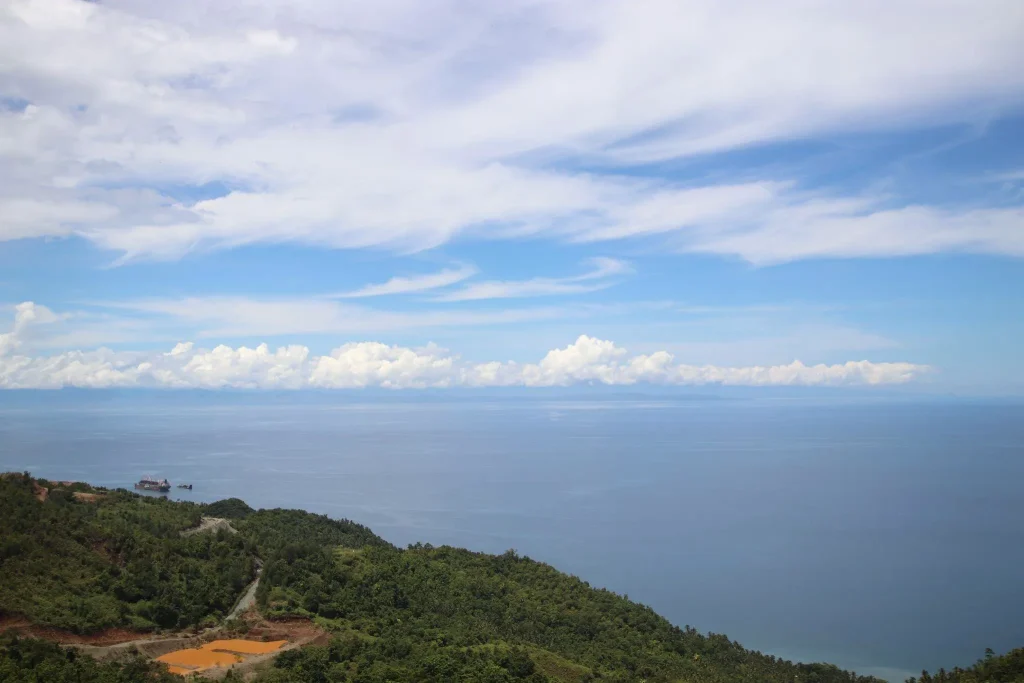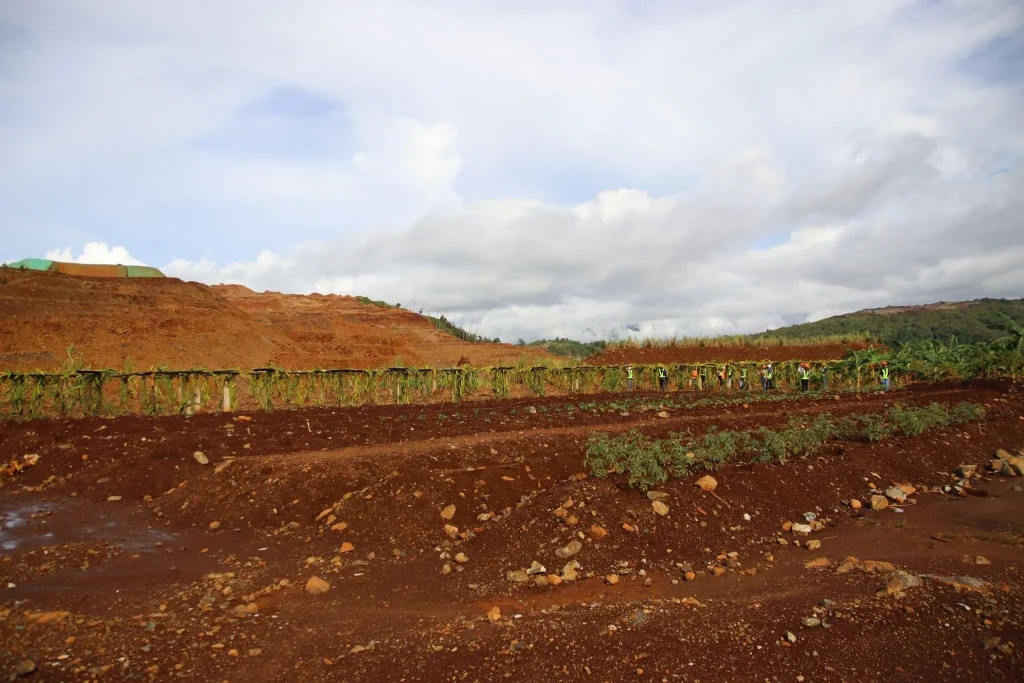
The Department of Environment and Natural Resources-Biodiversity Management Bureau (DENR-BMB) and the DENR- Mines and Geosciences Bureau (DENR-MGB) led the orientation of mining regulators and biodiversity conservation personnel from the Eastern Mindanao cluster; regions 9, 10, 11, 12, and 13 on the implementation of a new guidelines that intends to restore biodiversity and ecosystem services in mined-out areas. DENR Administrative Order No. 2022-04 also known as “Enhancing Biodiversity Conservation and Protection in Mining Areas” aims to introduce a science -based approach in the rehabilitation of degraded ecosystems in mining areas towards the realization of responsible mining as envisioned in the Philippine Mining Act (Republic Act 7942). With additional measures to safeguard biodiversity in mining areas as espoused by DAO 2022-04, we look ahead for a renewed commitment among government regulators and the mining companies to upscale rehabilitation efforts as integral part of mining operations minimize the impacts of mining on biodiversity and enlist the mining sector in enhancing biodiversity beyond mining tenements.
Envisioning Responsible Mining
Under the existing mining regulations, mining companies are required to undertake progressive rehabilitation throughout the mining stage, from exploration, utilization and development stage, and final mine rehabilitation/decommissioning stage. As such, it is expected that towards the end of the mine life cycle, it should be evident that substantial area of the mined-out area are covered with some kind of vegetation. With DAO 2022-04, progressive rehabilitation shall be upscaled geared towards ecological restoration that should regain degraded ecosystems close to their original state prior to mining. Ecological restoration according to the new regulation means bringing back native species and ecosystem structure that is self-sustaining, resilient and able to provide ecosystem goods and services e.g watershed functions, erosion control, climate regulation, nature recreation, and sources of food and raw materials for various economic activities by communities. Mining sites which are originally forested or areas which are deemed important for critical ecosystem services are required to undergo ecological restoration while rehabilitation for other purposes may be agreed upon with local government units depending on the land classification of the mining area and the envisaged use of the land after mine life such as for agroforestry, ecotourism, agriculture, etc.
To reduce the clearing of land during mine operation, five (5) percent of the mining tenement shall be reserved as “reference ecosystem”. They shall serve as source of seeds and propagules and as representative of the original ecosystem to which comparison can be made to measure success of rehabilitation efforts. The reference ecosystem is over and above the usual buffer zone requirements for mining tenements.
While it is recognized that, mining has unavoidable residual impacts, the new regulation requires mining companies to undertake additional compensatory biodiversity conservation activities outside the mining area such as assisting the LGU and DENR in the restoration of degraded areas or enhancing urban biodiversity through establishment of urban parks, among other activities as may be identified by the DENR.

A site visit to Agata Nickel Laterite Project (ANLP) in Agusan del Norte was conducted on day two of the Orientation on DAO No. 2022-04. The site features rehabilitation efforts purposely for forest restoration, farming and community park of mined-out areas.
The DAO 2022-04 Mindanao cluster Orientation is the first in a series of orientations to implement this landmark order, which will harmonize biodiversity conservation and responsible mining.



